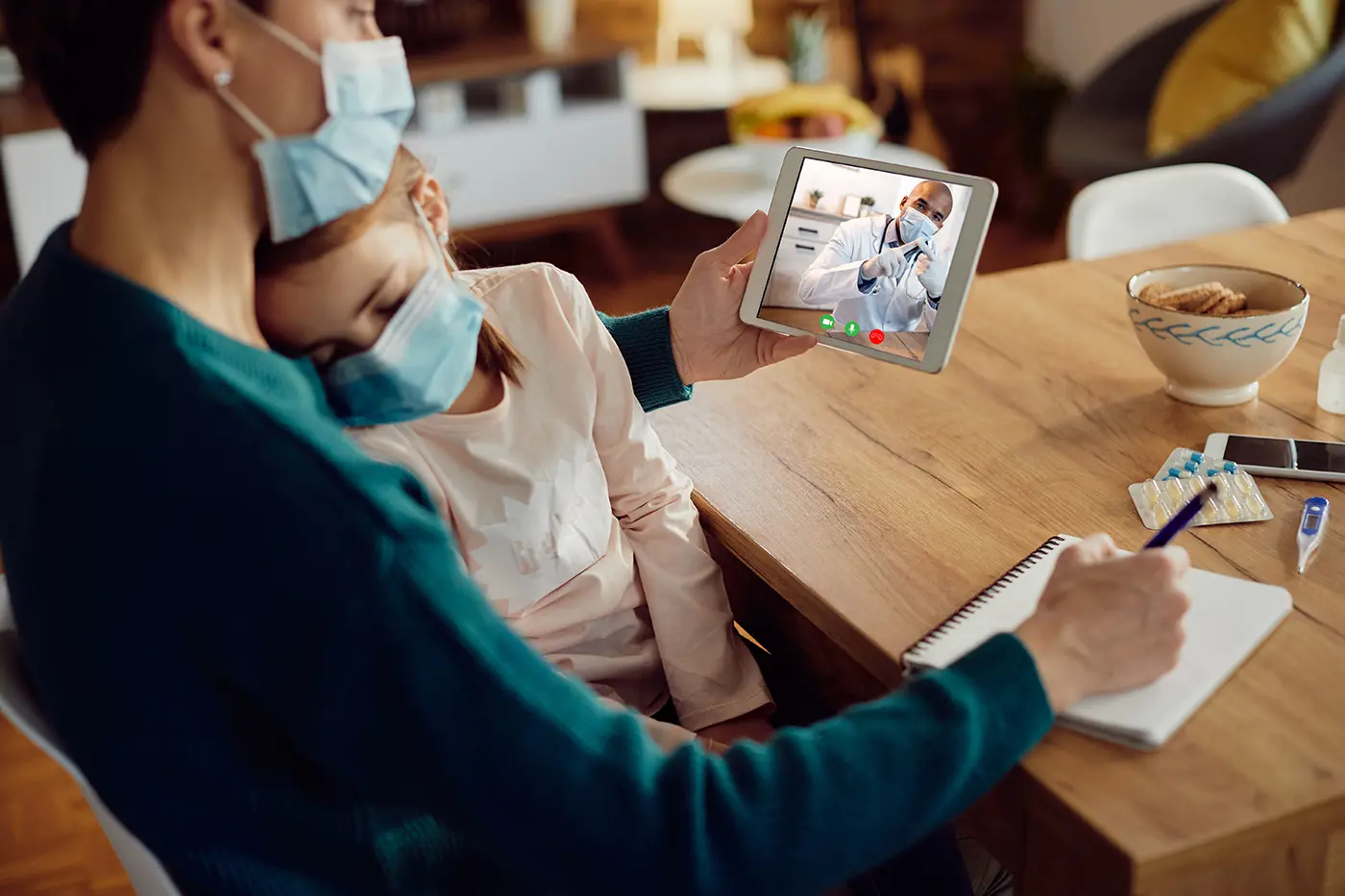The relentless march of innovation in technology has completely changed the landscape of healthcare today. At the very forefront of the change stands telemedicine, a revolutionary new approach to healthcare delivery through digital communications technologies that enable the provision of medical services and consultations from a distance. Also known as telehealth, telemedicine bridges the gap between patients and health professionals. It opens up unmatched flexibility and ease of access to quality care, regardless of distance. From virtual doctor consultations to remote patient monitoring, to telemedicine-assisted surgeries, the applications of this technology continue to revolutionize the landscape both in patient experience and democratization of access to healthcare around the world.
Unveiling the Power of Telemedicine: A Broader Look
At a very core level, telemedicine defines the broad array of health services delivered at a distance through the use of telecommunication technologies. The services include:
Virtual Consultation: Patients communicate with doctors and specialists through secure video conferencing platforms-permitting real-time discussions on symptoms, diagnoses, and treatment plans.
Remote Patient Monitoring: Wearable devices and medical-grade sensors pick up vital signs and health metrics-blood pressure, heart rate, blood sugar level, and more-and send them to healthcare providers, who can thus monitor their patients from a distance and do early interventions when necessary.
Telesurgery: Setup of the da Vinci Surgical System may enable surgeons to conduct minimally invasive surgeries with greater precision and control than previous techniques, over a distance.
Telemedicine-applied through videoconferencing, mobile apps, wearables, and other digital solutions-presents a rare win-win situation both for patients and healthcare providers. It is one of the few methods of introducing flexibility, accessibility, and efficiency into health care.
Virtual Doctor Visits: Where Convenience Meets Quality Care
Arguably, some of the most recognized uses for telemedicine involve virtual doctor visits. Imagine being able to converse with a medical professional from the convenience of your living room or office! It provides an online secure platform to consult with GP’s, specialists, and other health experts in real-time. It removes those long commutes and waiting in the waiting room. Telemedicine brings health into the comfort and convenience of one’s home or workplace. The virtual doctor visits are very helpful for:
- Patients who either live far away or in areas where specialist services are not easily provided.
- People with very tight schedules and who find it difficult to fit in the process of going for appointments.
- Those patients suffering from chronic diseases who at times have to go to their providers for follow-up and adjustment of their medication.
Beyond Appointments: Remote Monitoring for Management of Chronic Diseases
Telemedicine plays an important role in some parameters that are monitored remotely in managing chronic diseases. Medically graded wearables and sensors have enabled caregivers to monitor patients’ vital signs and other health metrics remotely continuously. In return, this helps doctors track their patients’ progress, understand emerging trends, and intervene in time to reduce complications and improve overall health outcomes. It enables remote monitoring for personalized care of chronic conditions such as diabetes, hypertension, and heart disease, reducing the frequency of hospital visits.
The Frontier: Telemedicine-Enabled Surgical Procedures
Well, telemedicine encompasses so much more than consultation and remote monitoring. Telemedicine-powered robotic-assisted surgery is face-lifting surgical care-one can only imagine a surgeon operating on a patient miles away! Such robotic surgical systems, such as da Vinci Surgical System, provide surgeons with the ability to perform a minimally invasive procedure with superior precision, control, and from a distance. Such teleoperation allows surgeons to manipulate robotic instruments with superior dexterity and visualization, thus resulting in:
- Smaller cuts and less scarring for the patients.
- Lower complication rates and infections.
- Shorter lengths of stay in hospitals and quick recoveries.
Telemedicine-assisted surgery can further improve patient outcomes in remote areas with limited access to specialty surgeons.
Looking to the Future: How Telemedicine Will Continue Changing
The future of telemedicine is brilliant, as technology continues to evolve and models of health care delivery begin to take another turn. We are going to see:
Artificial Intelligence Integration: AI algorithms review and analyze patient data and medical records to help diagnose, recommend treatment, and conduct risk analysis by healthcare professionals.
Augmented and Virtual Reality: These technologies can enhance surgical procedures by overlaying real-time data in the field of view of the surgeon and by providing immersive visualizations of the site of the surgery.
More Comprehensive Applications of Telemedicine: Applications of telemedicine will be extended to all ranges, including mental consults, physical therapy sessions, even post-operative care.
Beyond all these factors, as the regulatory barriers fall and reimbursement policies get updated, telemedicine will be playing an ever-important role in healthcare. This will provide a more patient-centered approach: supplementing traditional in-person care, telemedicine transforms how we access and deliver healthcare in the digital age.
Conclusion: Into New Era of Healthcare
It is, in the end, one of those paradigm-shifting novel healthcare delivery methods that afford unparalleled flexibility, convenience, and efficiency to both patients and providers alike-from virtual physician visits and remote monitoring to surgeries facilitated with the use of telemedicine, the things that are even now revolutionizing the patient experience and improving access to quality care around the world. With the expansion and evolution of telemedicine, so is its potential to create a new generation of patient-centered medicine empowered with technology that perhaps holds the key to transforming healthcare in the future. Such a new era would clearly have its empowering effect on the patients, optimize the use of resources in healthcare, and bring overall improvement in health outcomes.
